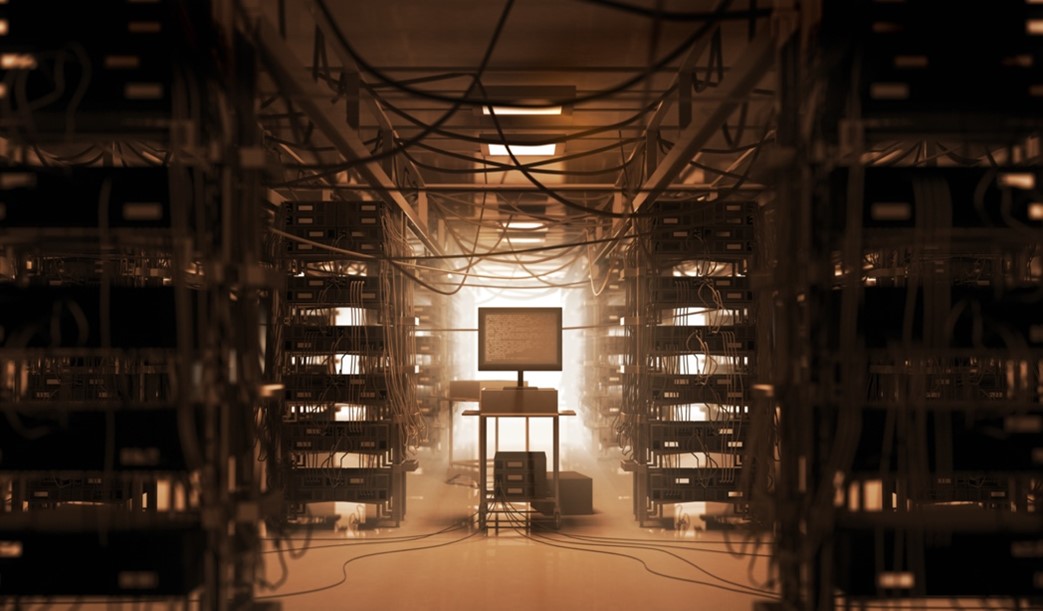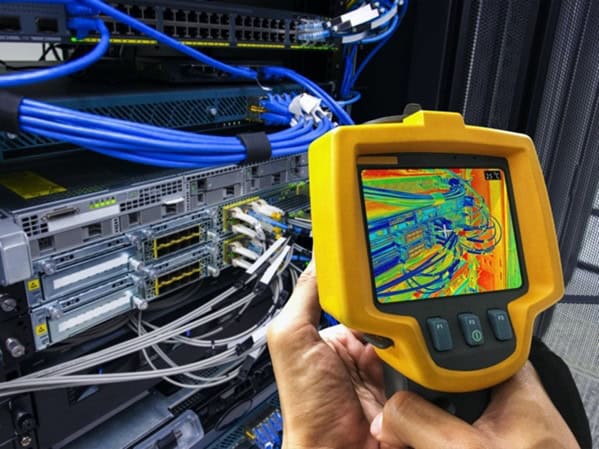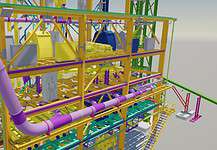Navigating the AI Boom: Ensuring IT Infrastructure Readiness in Mining

In a rapidly evolving technological landscape, the proliferation of artificial intelligence (AI) is reshaping industries worldwide. According to Forbes’ AI Statistics And Trends, digital technologies, including AI, are projected to contribute significantly to the Australian economy, with estimates suggesting a value of $315 billion by 2028.
In the industrial, mining and manufacturing sectors in particular, the emergence of AI and the utilisation of data are transforming how businesses operate at every level. From predictive maintenance to autonomous vehicles, the ability to handle massive data influxes and future-proof critical IT systems is now more important than ever.
The resilience and scalability of underlying IT infrastructure is dependent upon specific components that accommodate the AI ecosystem. This includes data centres, cooling systems, and uninterruptible power supplies (UPSs). For instance, as data volumes surge, traditional cooling mechanisms may prove inadequate, necessitating the adoption of advanced cooling technologies to prevent system overheating and downtime.
Similarly, UPSs play a critical role in safeguarding operations against power disruptions, ensuring uninterrupted data processing and continuity of critical services. By proactively investing in scalable IT solutions, organisations can future-proof their infrastructure against the exponential growth of AI-driven workloads.
Australian technology company Treske, is leading the charge by helping asset owners navigate the challenges of digital connectivity by providing a comprehensive agnostic range of resilient critical IT infrastructure solutions.
Treske managing director Daniel Sargent said industries are at a critical intersection between artificial intelligence and electrical and mechanical infrastructure.
“At Treske, we understand that businesses must be equipped with the right solutions to withstand disruptions and maintain operations in a complex digital environment,” he said.
“We leverage 50 years of collective experience in the IT and data centre industry, Treske has established strategic partnerships with industry-leading manufacturers including Vertiv, Eaton, PowerShield, Rittal, Schneider, and Stulz, offering tailored technology solutions.
“This includes the supply, installation and maintenance of products like UPSs, PDUs, cabling, transfer switches, surge filtration, UPS batteries, racks and enclosures, and data cooling centres and monitoring equipment.”
Mr Sargent highlighted that although their products form the backbone of resilient IT infrastructure, they offer specialised services that extend beyond products.
“Our proactive monitoring services assist businesses in tracking their critical systems’ performance, whether in-house or in the cloud. With Treske, you’re not just investing in products, you’re investing in your business’s longevity, adaptability, and continuity in a world where staying ‘online’ is paramount.”

The rise of next generation data centres
Whether it’s autonomous vehicles, predictive maintenance, mine scheduling, resource estimation, asset tracking, drone surveying, 3D imaging, geospatial analysis, or wearable monitoring devices, a significant volume of data is captured in day-to-day mining applications. The collection, storage and analysis of these complex datasets demand the right infrastructure. And it must be processed quickly and securely without latency.
That’s where the role of micro data centres is becoming so important.
“At Treske, we focus on on-premise infrastructure for data centres ranging from 1 to 30 racks, with regional data centres typically optimising between 1 to 8 racks,” said Mr Sargent.
“In a standard scenario, IT racks operate at approximately 50-75% capacity, with an average Edge Server consuming around 350W-500W of power, and switches using 150-200W, alongside other IT equipment totalling approximately 2-3 kW per rack, as a conservative estimate.
“Looking ahead, the trend involves replacing servers with the same physical footprint, but consuming higher power, ranging from 1000W to 2400W. This is particularly the case as companies integrate AI to enhance workflows, customer service systems, smart factories, and Industry 4.0 initiatives.”
Mr Sargent said that based on these figures, a single rack may demand between 3 kW to 10 kW of power and generate heat. “The existing infrastructure may struggle to support this growth without significant changes in the electrical infrastructure, such as upgrading from 16amp PDUs to 32A PDUs, necessitating increased power capabilities at the distribution board and upstream.”
The industry projects a 6.4% Compound Annual Growth Rate (CAGR) for electrical distribution boards over the next decade due to the rise in electrical network components and urbanisation trends.
In the context of smart factories and Industry 4.0, UPS systems have evolved from mere backup power sources to essential components that ensure uninterrupted operations and optimised performance of advanced machinery. A momentary power disruption can have severe financial consequences, highlighting the vital role of dependable UPS systems.
“In manufacturing for example, a digital infrastructure outage can have costly consequences,” said Mr Sargent.
“Key findings from the Annual Outage Analysis 2024 report conducted by Uptime Intelligence highlighted that the cost of downtime is approximately $260,000 per hour, with manufacturers experiencing around 800 hours of downtime annually as a result of factors like maintenance, tool breaks, and adjustments. That’s why the right infrastructure must be in place to ensure data centres operate as required without fear of system failure.”
Mr Sargent added that the increasing heat density associated with new IT servers necessitates a fresh approach to data centres and communication rooms.
“In regions with ample space, the concept of IT farms is expanding, where unused spaces are repurposed into portable modular room designs. These enable rapid deployment and seamless integration, while meeting modern data centre security requirements.”
Micro data centres are gaining traction in the Operational Technology (OT) space, as they are designed for deployment closer to data sources to reduce latency and enable real-time data processing. Micro data centres address the unique challenges of the OT platform by offering proximity, enhanced security, scalability, and edge computing capabilities. This unlocks the full potential of OT infrastructure through all-in-one cabinets, rows of cabinets, or modular rooms.
Treske is a leading provider of scalable solutions designed to meet the needs of the next 5-10 years. By collaborating with leading global manufacturers of critical infrastructure, Treske offers comprehensive, all-in-one solutions.
If you‘re ready to explore the potential and power of micro data centres in the OT platform, it’s time to connect with Treske.
For more information on how to safeguard your critical IT infrastructure, call 1300 853 942, email [email protected] or visit https://treske.com.au/























